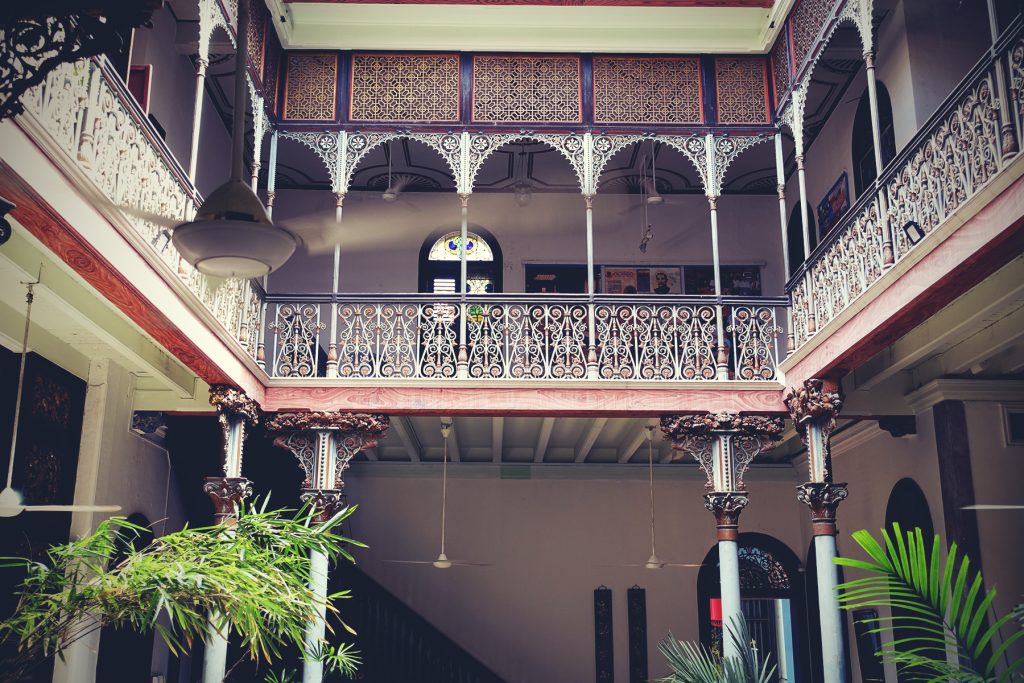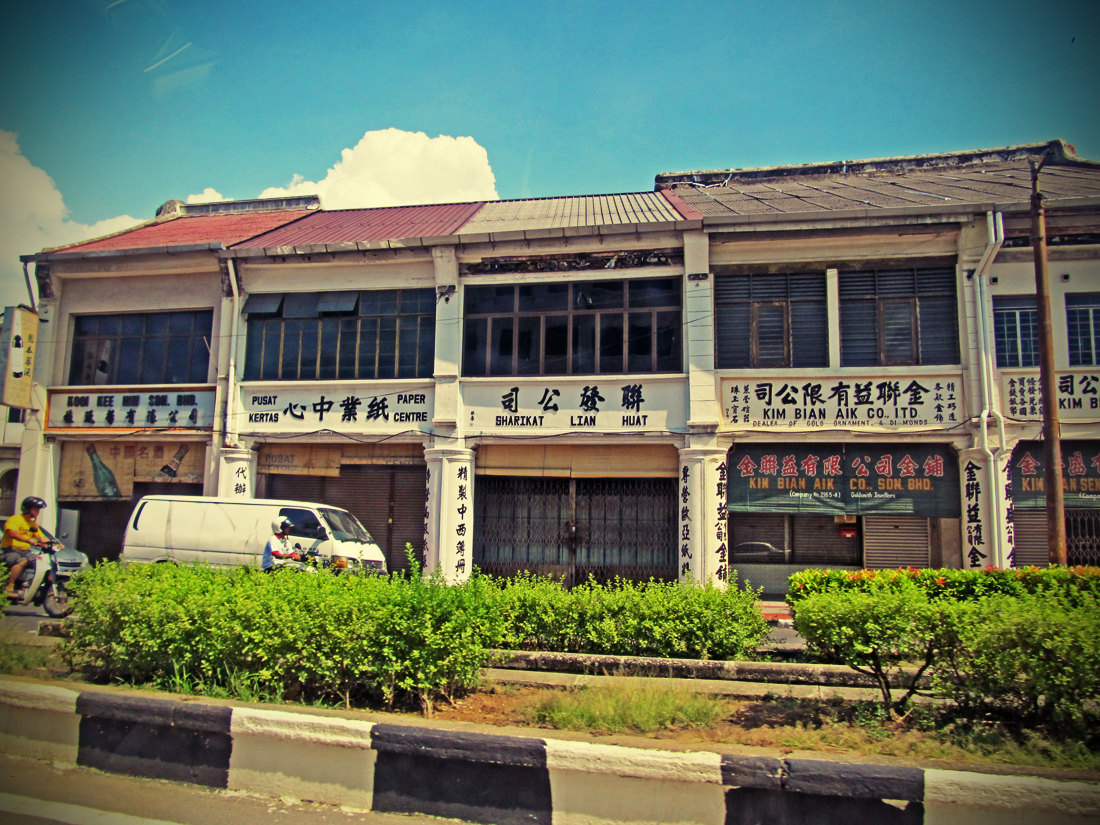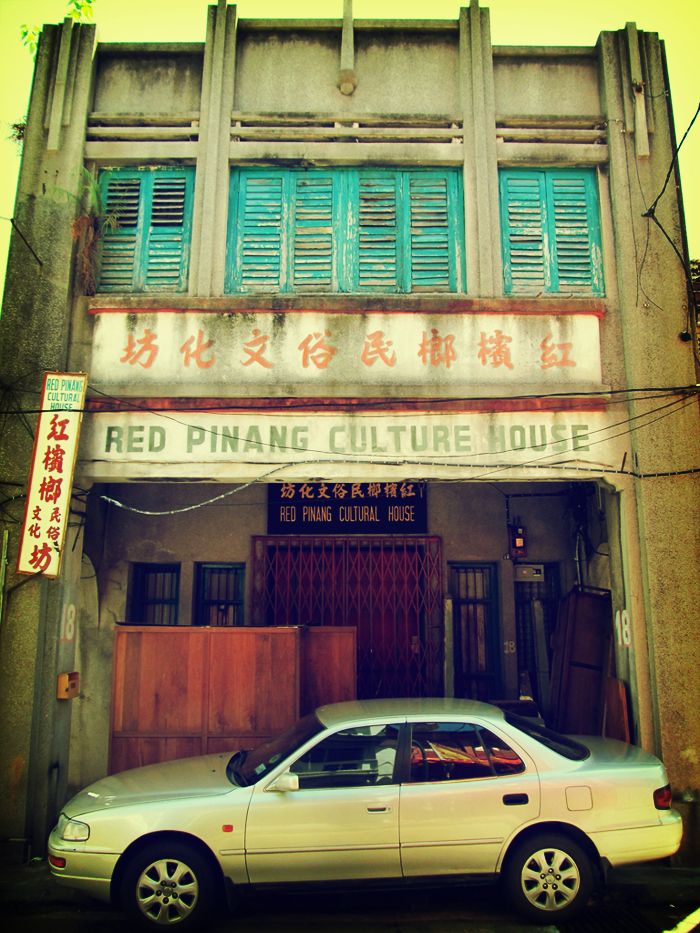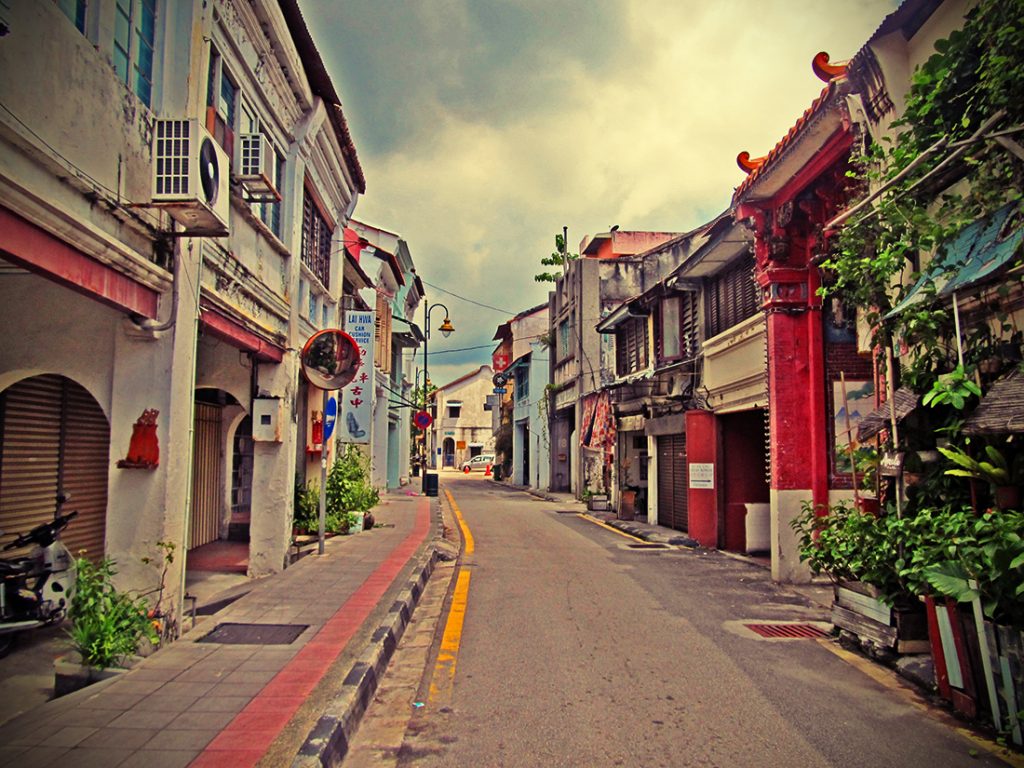Located at Church Street, the Pinang Peranakan Mansion (formerly known as Hai Kee Chan mansion) was originally the home of Kapitan Chung Keng Kwee, a very prominent figure in Penang. It is an unique heritage mansion built at the end of the 19th century with architectural influence from the Peranakans culture, also known as the Babas and Nyonyas. Though not a Baba himself, Kapitan Chung Keng Kwee incorporated the culture during the building of his mansion due its association with wealth and substance.
The Peranakans are a Chinese community adopting selected ways of the local Malays and later, the colonial British, hence, created a unique lifestyle and customs which had not only left behind a rich legacy of antiques but its cultural influences in Penang. The mansion cum museum is also the house to over 1,000 pieces of antiques and relics of the era as well as a testimony of that time’s eclectic design and architecture.
For more information, one can visit the official site of the mansion at http://www.pinangperanakanmansion.com.my/
Visiting Hours
Monday to Sunday including Public Holidays from 9:30 am to 5 pm
Admission Fee: MYR 10.00















































































